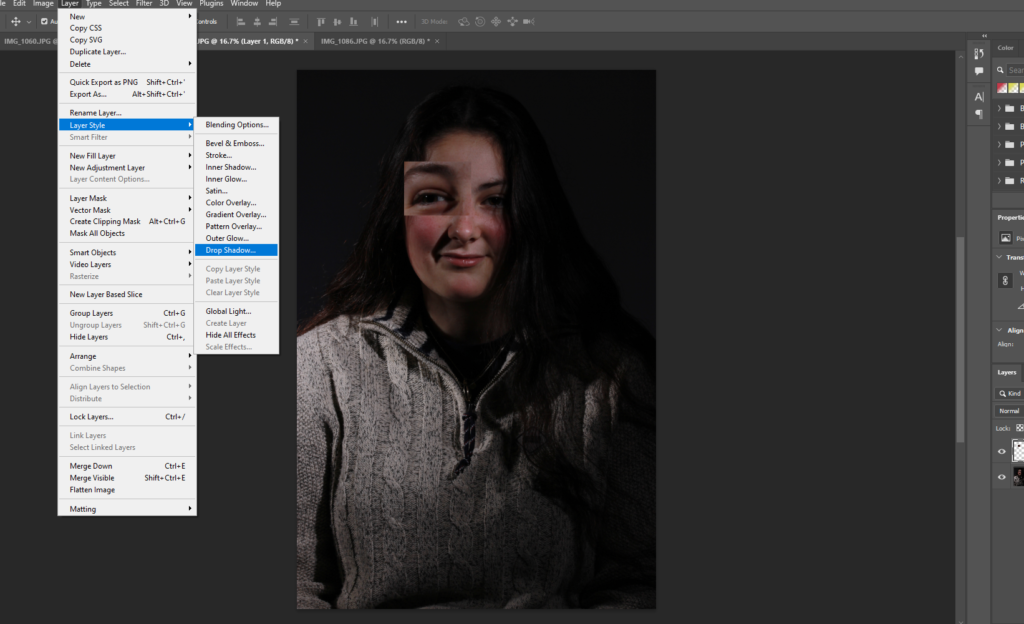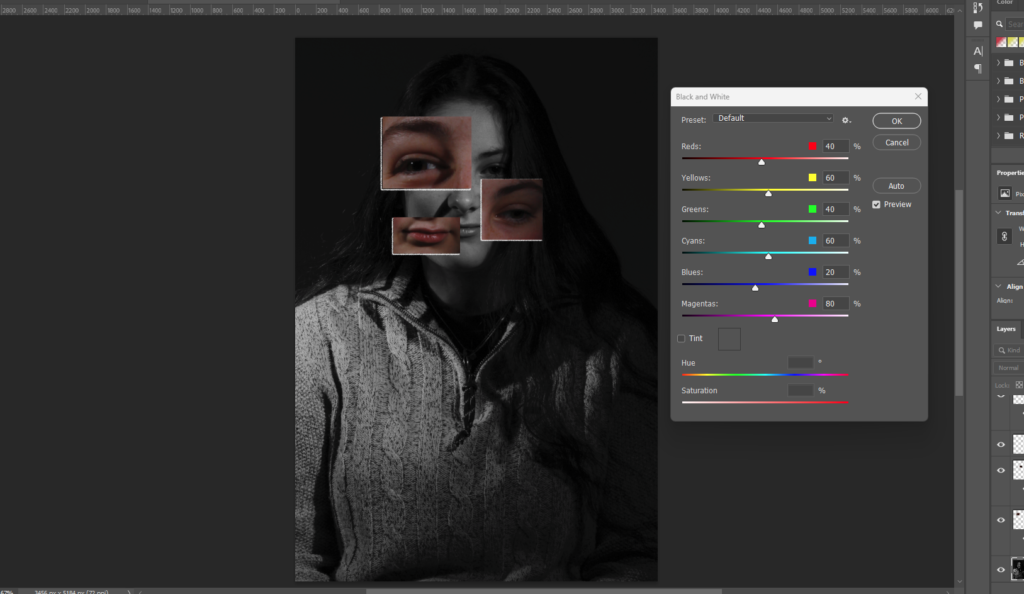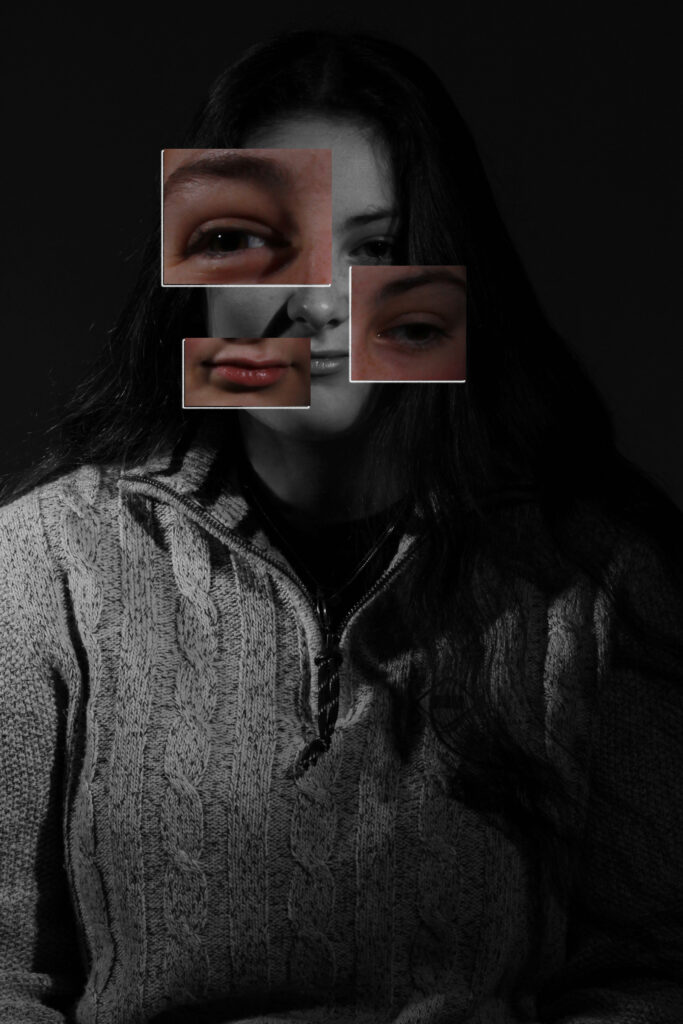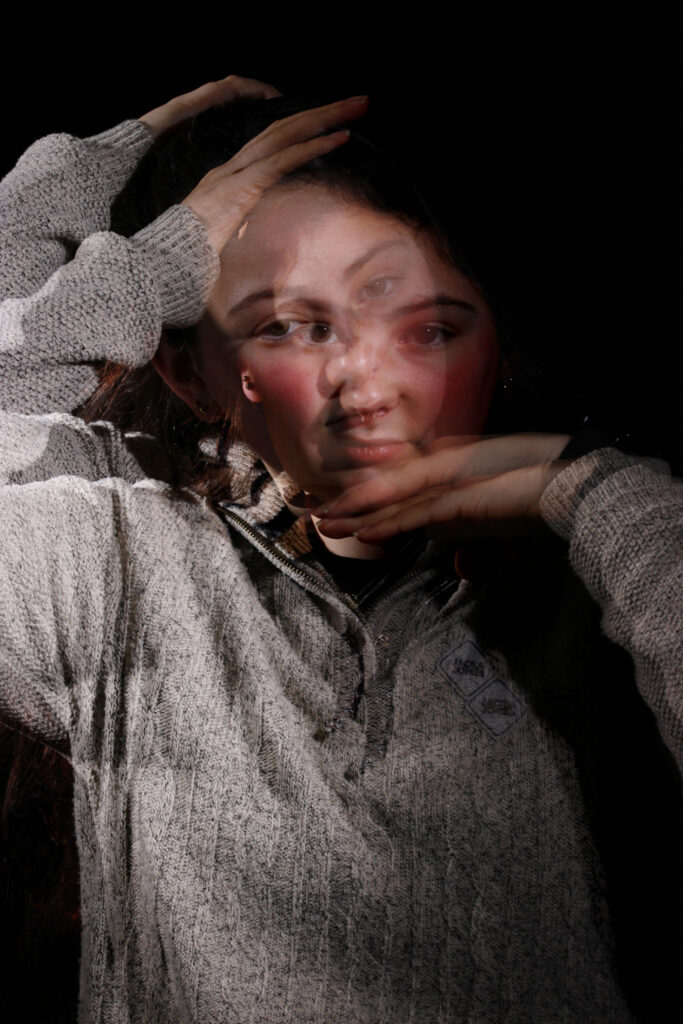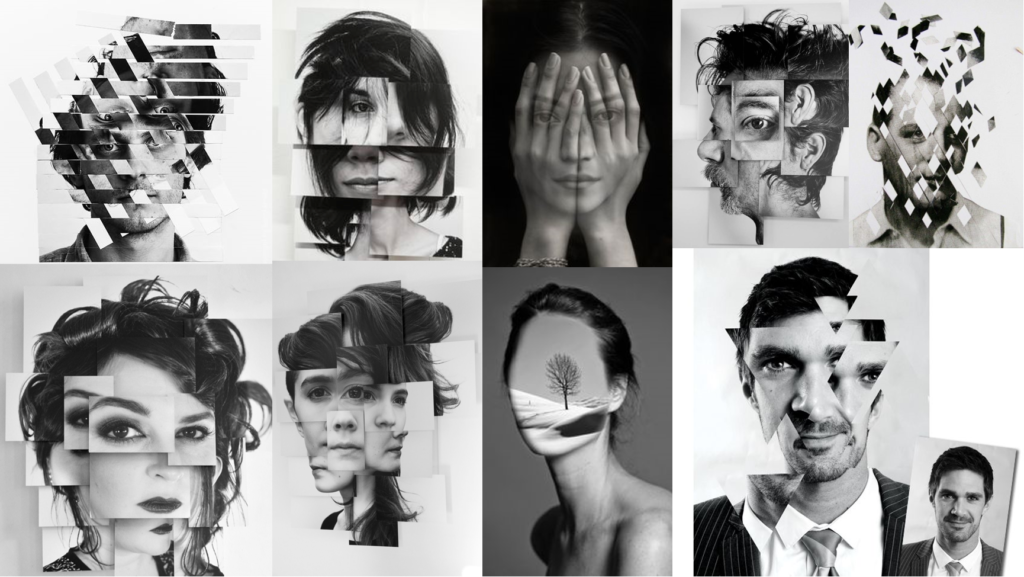
In terms of photo montaging, it is the experimentation and process of making a “composite photograph” by cutting, gluing, rearranging, and overlapping two or more photographs into a new image for artistic effect.
It is how magazine editors used to design “publications” before digital design software existed. It can exposes “the component images simultaneously through superimposed negatives”. Photo montaging can give the illusion of many object in one, it can look dramatic, bold and most of all interesting to look at in depth.
It’s been a potent and/or strong means of communication within the field of visual art since at least the early 20th century, first appearing most frequently in work of “Dada artists” e.g Hannah Hoch and John Heartfield. Ever since, photomontage has remained, among artists, popular that work with ranges of styles and images that are different.
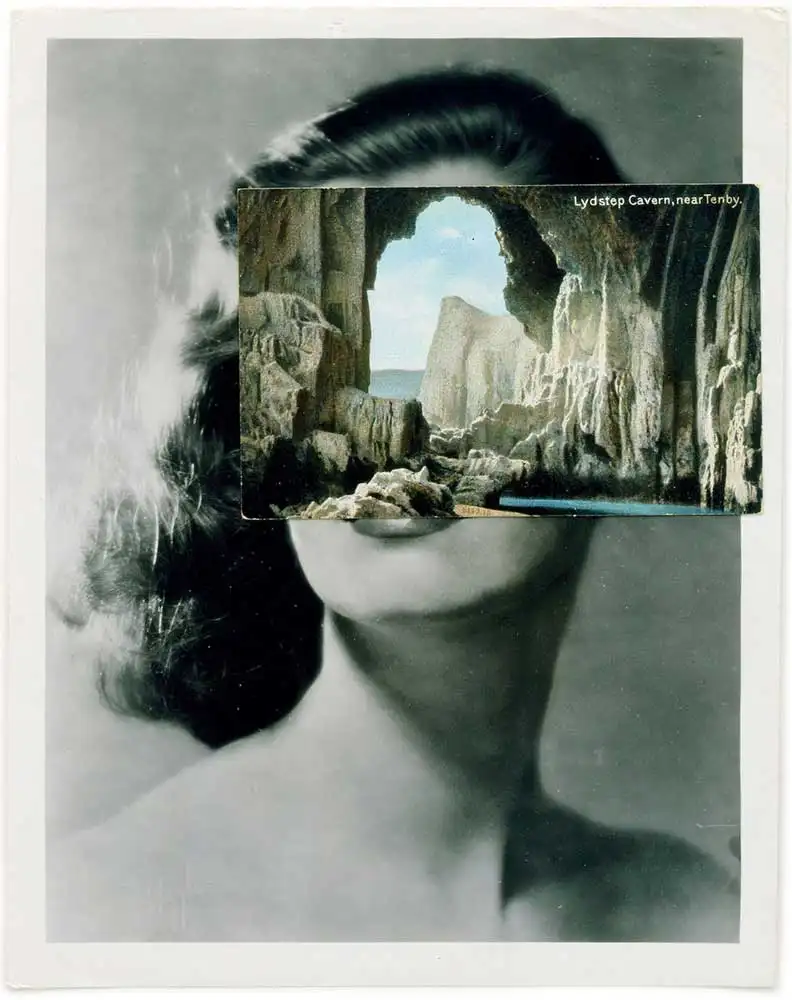
Contact Sheet for my headshots:
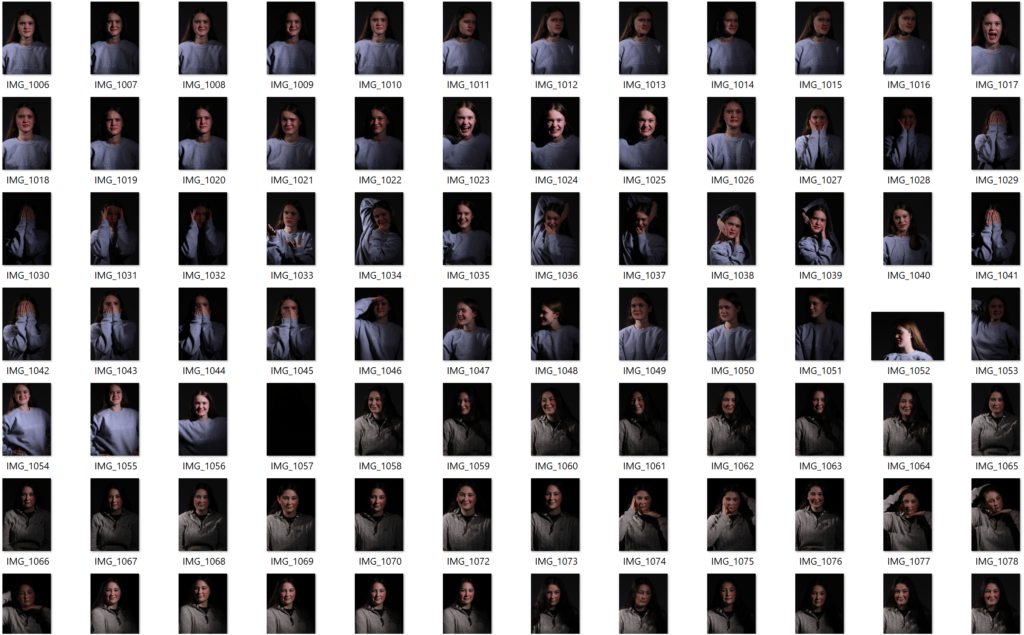


Experimentation with Photoshop:
In this edit I looked at the experimentation of Brno Del Zou:
Brno Del Zou is a French, photographer. In Brno’s ‘photosculptures’ series he uses the fragmentation of the body in order to better understand it.The body and the faces are revisited and the features under various angles are highlighted in order to create collages interwoven with the other features creating a distorted and unproportional effect.
Brno grew up during the 1970/80s and was influenced by the artistic culture of the time.
These distorted collages are edit in a monochrome palette probably on photoshop.The 1980s were a vital time culturally and were marked by growing global capitalism and widespread mass media. Artists growing up during this time were heavily influenced by this cultural environment.
I personally like Brno’s work as as I feel that each specific photograph expresses a new feeling or thought going through the person’s head. The fact Brno displays their work in black, white and grey undertones adds a negative and mysterious atmosphere.
If I were to recreate this I would change the sizing of the pictures to create a sharp and clean effect yet still disorganized and chaotic as it is much more difficult to observe the photograph if there is much more to explore through the layers.
Bruno Del Zou inspired editing process:
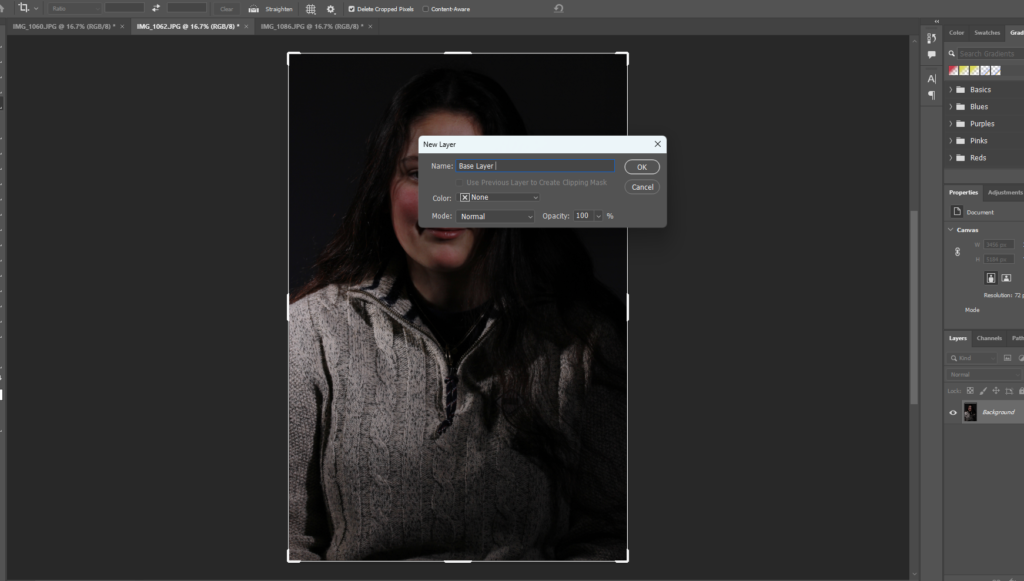
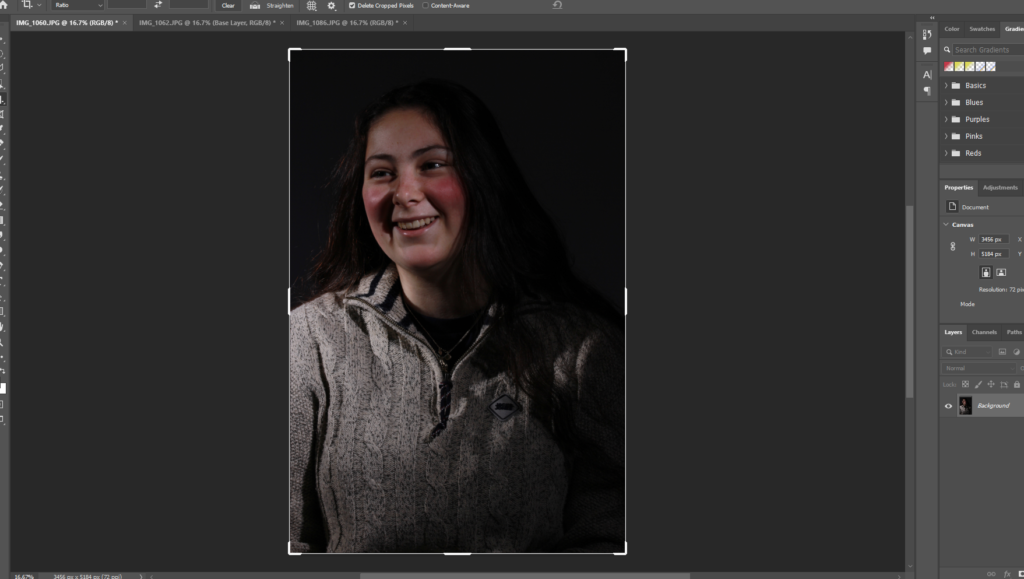

In this Photoshop edit, I decided to do a face fragment idea. Firstly, I opened the images I wanted to work with. They can be desaturated so they look at a similar tone to Brno’s edit’s but decided not to change any hue to them. I selected my background portrait image and double-clicked the layer to unlock it. I used the rectangular marquee tool to draw around different scaled features of a face, moved them around to create a distorted and layered collage using the move tool on the Photoshop toolbar, and used shortcuts such as ctrl d to fit my scale with I wanted the size to be and ctrl j to copy the layer so that I can move it later on in the edit. I took into consideration the other two photographs of the face at a different angle and copied them on the “Base Layer”. At the end of my Photoshop edit, I added a drop shadow to create additional layers and texture behind the fragments moved.
